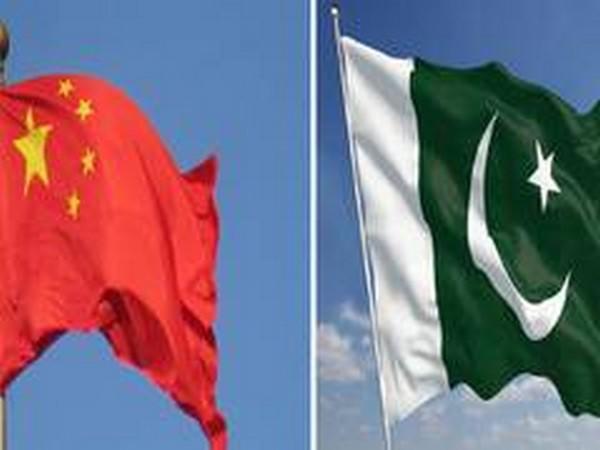Bankrupt Pakistan, that is reeling under the effect of the pandemic, has its list of financial woes burgeoning as its all-weather-ally China has declined to restructure USD 3 billion in liabilities. Earlier this week, Islamabad, had urgently requested Beijing to forgive debt liabilities owed by it to China-funded energy projects. Pakistan owned debt to China funded energy projects established under the China-Pakistan Economic Corridor (CPEC).
The debt of more than USD 19 billion invested in the plants is owed largely for the building of independent power producers (IPPs) on take-or-pay power generation contracts. Various reports suggest that China has outright refused to budge on Islamabad’s request to renegotiate the power purchase agreements. China has stated that any debt relief would require Chinese banks to amend the terms and conditions under which the credits were extended.
Beijing in its response to the request to renegotiate the terms stated that the banks, including China Development Bank and the Export-Import Bank of China, were not prepared to revise any of the clauses of the agreement reached earlier with the government. Reacting to the unfriendly response by an all-weather ally, Pakistan Tehrik-e-Insaf (PTI) Senator and industrialist Nauman Wazir stated that “First, the tariff determined by National Electric Power Regulatory Authority (NEPRA) at the time of allowing power generation in the private sector was on the very high side.”
He further added that “Then, the IPPs submitted erroneous declarations concerning capital, financial assets and operational cost of the company, which became obvious when the balance sheets of the IPPs were made public,”. It is to be noted that Pakistan has already entered a sovereign debt “danger zone” with total liabilities and debts of around USD 294 billion. The total debt represents 109 per cent of the GDP.
According to the reports, Pakistan government owes about USD 158.9 billion to domestic creditors, of which public sector enterprises owe about USD 15.1 billion. Further the foreign commercial loans of USD 3.11 billion and USD 1 billion from Chinese deposits emphatically helped the government to achieve the net transfer of dollar inflows in the current fiscal year.
Sources reported that according to the data of the Economic Affairs Division (EAD), during the months of July-February of the fiscal year 2020-21, the Pakistan government had received USD 7.208 billion total external inflows from multiple financing sources. The external inflows made 59 per cent of annual budget estimates of USD 12.233 billion for the entire fiscal year 2020-21. It is to be noted that disbursement from multilateral and bilateral development partners also maintained a strong trend.
The total disbursement amounted to USD 3.098 billion during the period under review against the budgetary allocation of USD 5.811 billion for the fiscal year 2020-21. These healthy inflows immensely helped Pakistan to improve its foreign exchange reserves and exchange rate stability.
According to Pakistan’s outlet, it claims that increased level of external inflows from multilateral and bilateral development partners is indicative of their confidence in development priorities and policies of the government, including implementation of reforms in the priority areas of fiscal and debt management, energy sector and ease of doing business.

